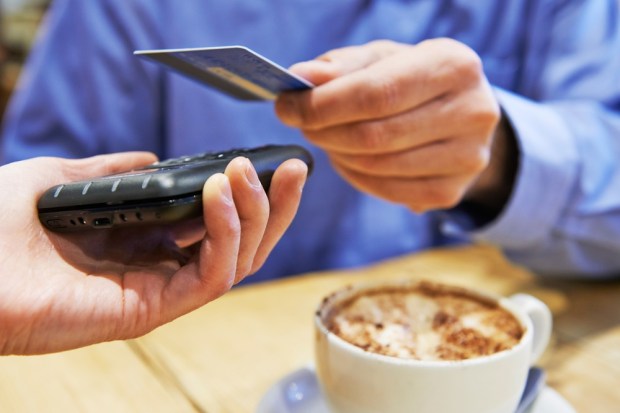Contactless Payments Set To Explode In US

For banks and retailers, there is a fine line between making people’s use of credit and debit cards as painless as possible and protecting individuals’ financial details from swindlers.
Contactless credit cards have seen a slow rate of adoption in the U.S., but that may all change thanks to the continuing rollout of chip cards and new payments in terminals around the country. According to a report by The New York Times, use of mobile wallets, including Apple Pay and Samsung Pay, is also growing in the U.S. after being slow to be embraced by consumers.
Citing data from ABI Research, NYT reported annual shipments of contactless cards in the U.S. is expected to increase to 330 million units, or 55 percent of all new credit and debit cards, by the end of the decade. That is up from 25 million units in 2015. In Europe, annual shipments of contactless cards is projected to reach 420 million, or 75 percent of all new cards, by 2020, up from 205 million last year.
“The U.S. hasn’t really started rolling out contactless cards, while Europe is already pretty mature,” said Phil Sealy, a senior analyst at ABI, in the report. “Educating the public on how to use contactless credit and debit cards will be vital.” The report noted part of the education will cover safety since the new contactless technology has security and fraud threats even if they are more secure than magnetic strips found in today’s credit cards.
“Contactless is great for usability, but it introduces security flaws that need to be fixed,” Martin Emms, a research associate at Newcastle University in England, who has studied potential problems with the technology, said in the report. “If someone bumps up behind you on the subway, they are close enough to skim the details of your contactless cards.”
